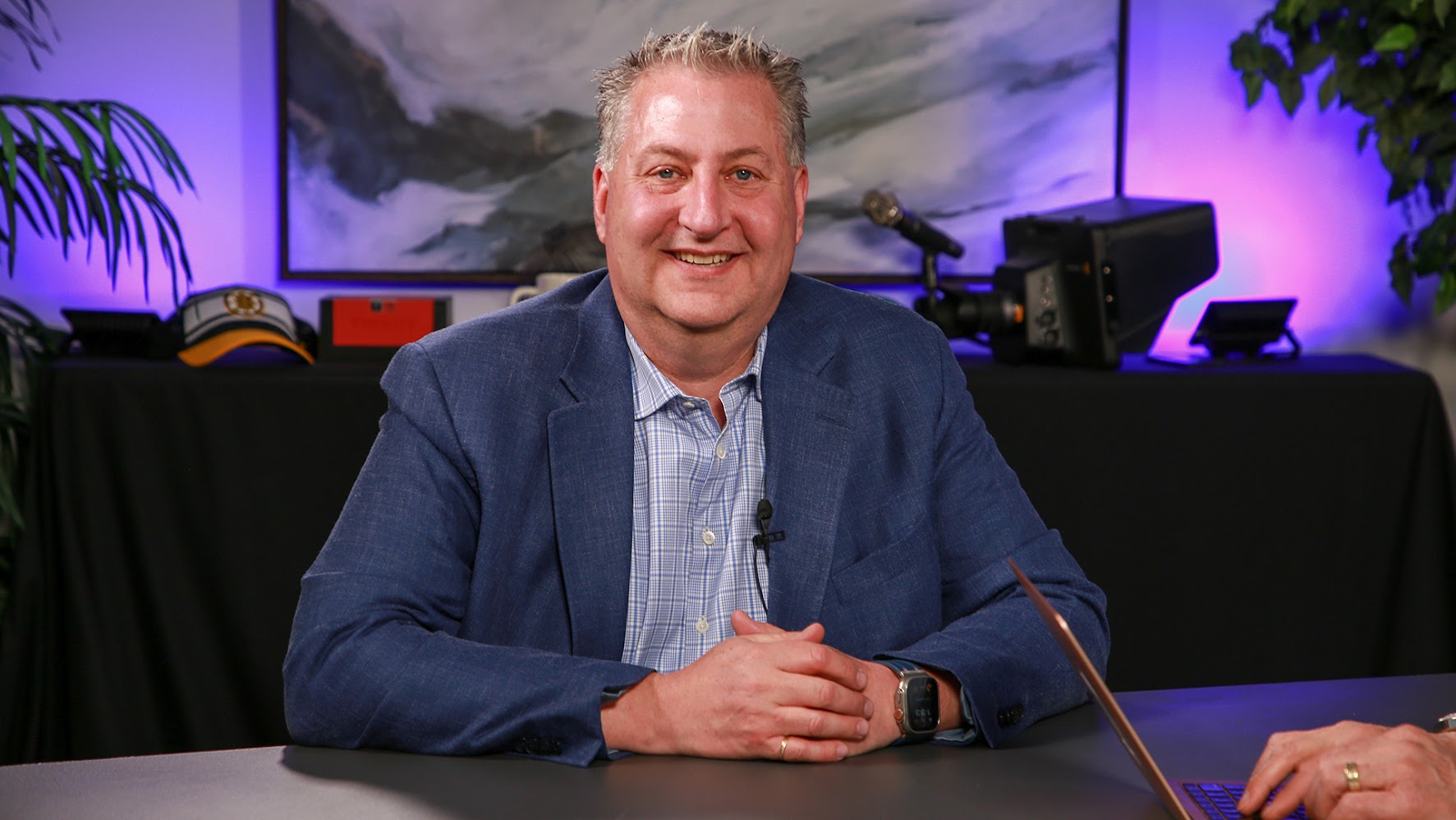 SECURITY
SECURITY
 SECURITY
SECURITY
 SECURITY
SECURITY
New threats to cybersecurity are emerging with each new wave of technology, and Dell Technologies Inc., while not specifically a security company, must still find ways to help protect customers and data.
This has become more challenging as organizations seek best of breed for multiple parts of the enterprise infrastructure while plugging in security solutions to protect a more complex IT ecosystem. For Dell, this means a focus on security integration across its portfolio.
“Dell isn’t a security company in particular, but we’re the largest infrastructure provider to companies all over the world. You cannot practically sell technology today without ensuring that security is built in,” said Steve Kenniston (pictured), senior cybersecurity lead of portfolio marketing at Dell. “Whether you’re ordering PCs or ordering your storage arrays or servers, it’s to deliver that with security in mind.”
Kenniston spoke with theCUBE Research chief analyst Dave Vellante in the first of a four-part series on enterprise security broadcast on theCUBE, SiliconANGLE Media’s livestreaming studio. They discussed how Dell has structured its security solutions to meet evolving enterprise needs. (* Disclosure below.)
Survey data from Enterprise Technology Research was discussed during the interview, and it showed that businesses were continuing to grapple with tool sprawl in the security arena. A majority of 51% forecasted an increase in the number of tools, while only 9% predicted a decrease.
“A lot of the customers out there really want simplicity,” Kenniston said. “For every new project that they take on, there’s a vendor out there telling them they can sell them a security solution to help protect that solution, so customers are constantly collecting security tools. [Customers] think the way to get there is to consolidate those tools and pull all that together.”
Aware of the interest in consolidating various security tools, Dell has focused with its customers on three key areas that involve a reduction of the attack surface, detecting and responding to cyber threats, and having a process in place to recover from a cyberattack. The Dell Data Protection suite offers critical solutions, such as multifactor authentication and rule-based access, along with backup and recovery tools, including CyberSense and Cyber Recovery Vault, to provide a more complete security solution in one product.
“It’s one solution in your data protection space that looks at all three of those things to help you advance that security maturity,” Kenniston said. “It’s one tool, not multiple tools, doing the same thing.”
In addition to seeking a way to consolidate multiple tools, organizations are also interested in solutions that can significantly reduce supply chain risk. This is frequently top of mind for IT practitioners, according to Kenniston. Dell addresses this issue with Secured Component Verification, a server chain of trust that provides customers with a match between critical components and factory-issued configurations.
“When you receive it, we can check against a secure inventory … what was put in it the day it was built,” Kenniston said. “I would say there probably hasn’t been an executive briefing that I’ve had where the supply chain hasn’t come up. It’s one part of a multi-part problem.”
As businesses increasingly embrace a hybrid computing model for their IT needs, complexity becomes more of an issue in securing a diverse infrastructure. A process for educating users across an organization is a solid approach to this issue, not trying to find solutions for numerous platforms in a multicloud world, according to Kenniston.
“It’s important that everybody in the company, whether it’s the developer, whether it’s the IT infrastructure folks, whether it’s the consumer or just the knowledge worker, have this level of knowledge about how security works within their organization,” he said. “The one thing you don’t want to do is have multiple tools for multiple environments because that creates more complexity.”
This process for user education is a key element in Dell’s security approach, which often includes an organizational assessment to determine areas of strength or weakness. In a climate today where enterprises are besieged by multiple vendors offering a bewildering array of solutions, the ultimate answer will be finding the right mix of solutions tailored for an organization’s most critical security needs.
“No one vendor can do it all, provide a security solution that solves all of your security problems,” Kenniston said. “You really need to look at it as a team sport.”
Here’s the complete video interview:
(* Disclosure: Dell Technologies Inc. sponsored this segment of theCUBE. Neither Dell nor other sponsors have editorial control over content on theCUBE or SiliconANGLE.)
Support our mission to keep content open and free by engaging with theCUBE community. Join theCUBE’s Alumni Trust Network, where technology leaders connect, share intelligence and create opportunities.
Founded by tech visionaries John Furrier and Dave Vellante, SiliconANGLE Media has built a dynamic ecosystem of industry-leading digital media brands that reach 15+ million elite tech professionals. Our new proprietary theCUBE AI Video Cloud is breaking ground in audience interaction, leveraging theCUBEai.com neural network to help technology companies make data-driven decisions and stay at the forefront of industry conversations.